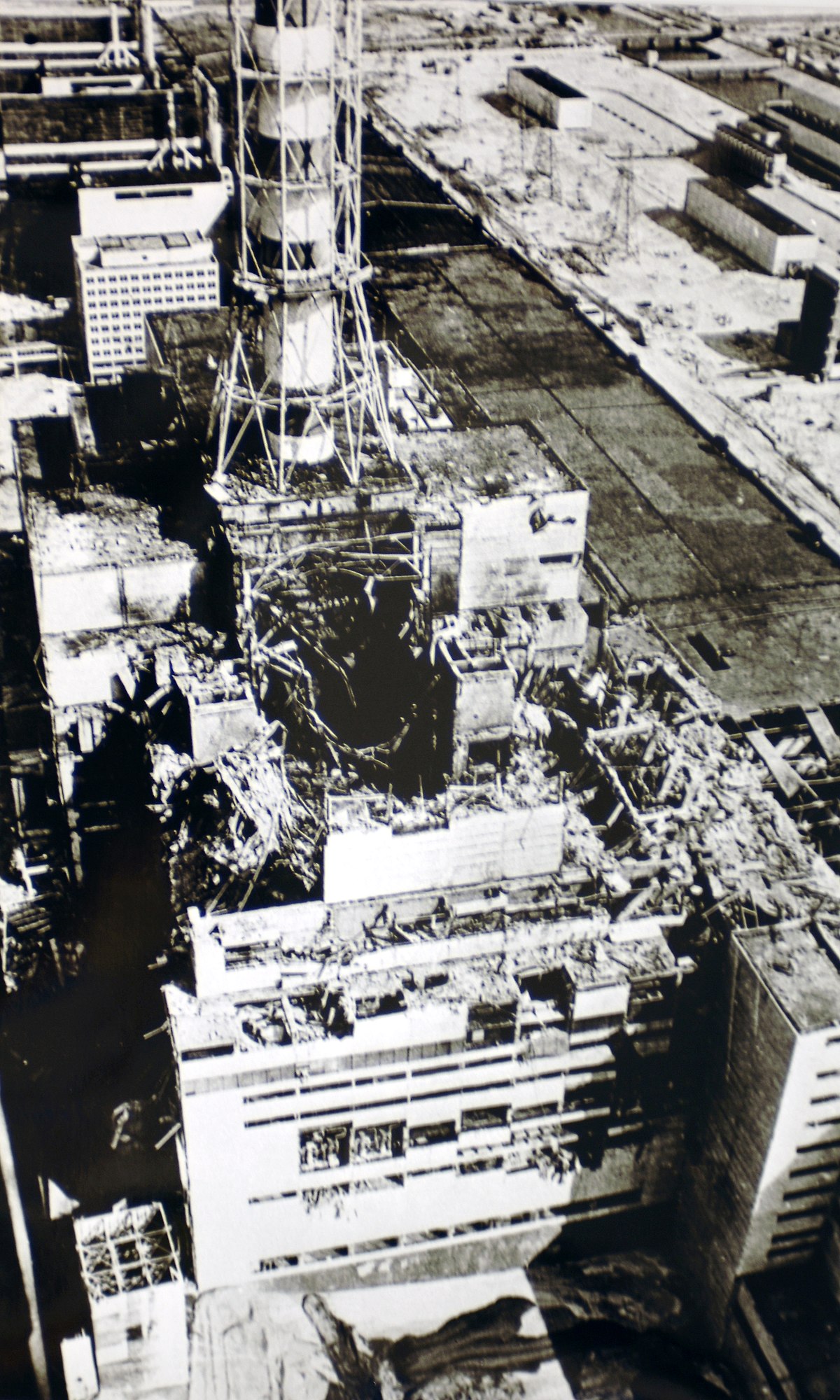
Gorbachev and Dissolution
UkraineIn the late Soviet era, Ukraine experienced a delayed impact of Mikhail Gorbachev's policies of perestroika (restructuring) and glasnost (openness) primarily due to the conservative stance of Volodymyr Shcherbytsky, the First Secretary of the Ukrainian Communist Party. Despite the discussion of reform, by 1990, 95% of Ukrainian industry and agriculture remained state-owned, leading to widespread disillusionment and opposition among Ukrainians, exacerbated by the Chernobyl disaster of 1986, russification efforts, and economic stagnation.
The policy of glasnost facilitated the reconnection of the Ukrainian diaspora with their homeland, revitalized religious practices, and spawned various oppositional publications. However, the tangible changes that perestroika promised remained largely unimplemented, breeding further discontent.
Ukraine's push towards independence accelerated following the failed August Coup in Moscow in August 1991. On August 24, 1991, the Supreme Soviet of Ukraine declared the Ukrainian Soviet Socialist Republic independent, renaming it Ukraine. A referendum on December 1, 1991, saw an overwhelming 92.3% support for independence across all regions, including a majority in Crimea, which had been transferred from the RSFSR to Ukraine in 1954. This vote for independence was a historic move towards self-determination without foreign intervention or civil war, receiving swift international recognition.
The election of Leonid Kravchuk as president in 1991, with 62% of the vote, solidified Ukraine's path towards independence. The subsequent signing of the Belovezh Accords by Ukraine, Russia, and Belarus on December 8, 1991, declared the Soviet Union effectively dissolved, leading to the formation of the Commonwealth of Independent States (CIS). This agreement, expanded by the Alma-Ata Protocol with additional former Soviet republics, marked the formal end of the Soviet Union on December 26, 1991, thereby closing a significant chapter in 20th-century history and signaling the emergence of Ukraine as an independent nation.
